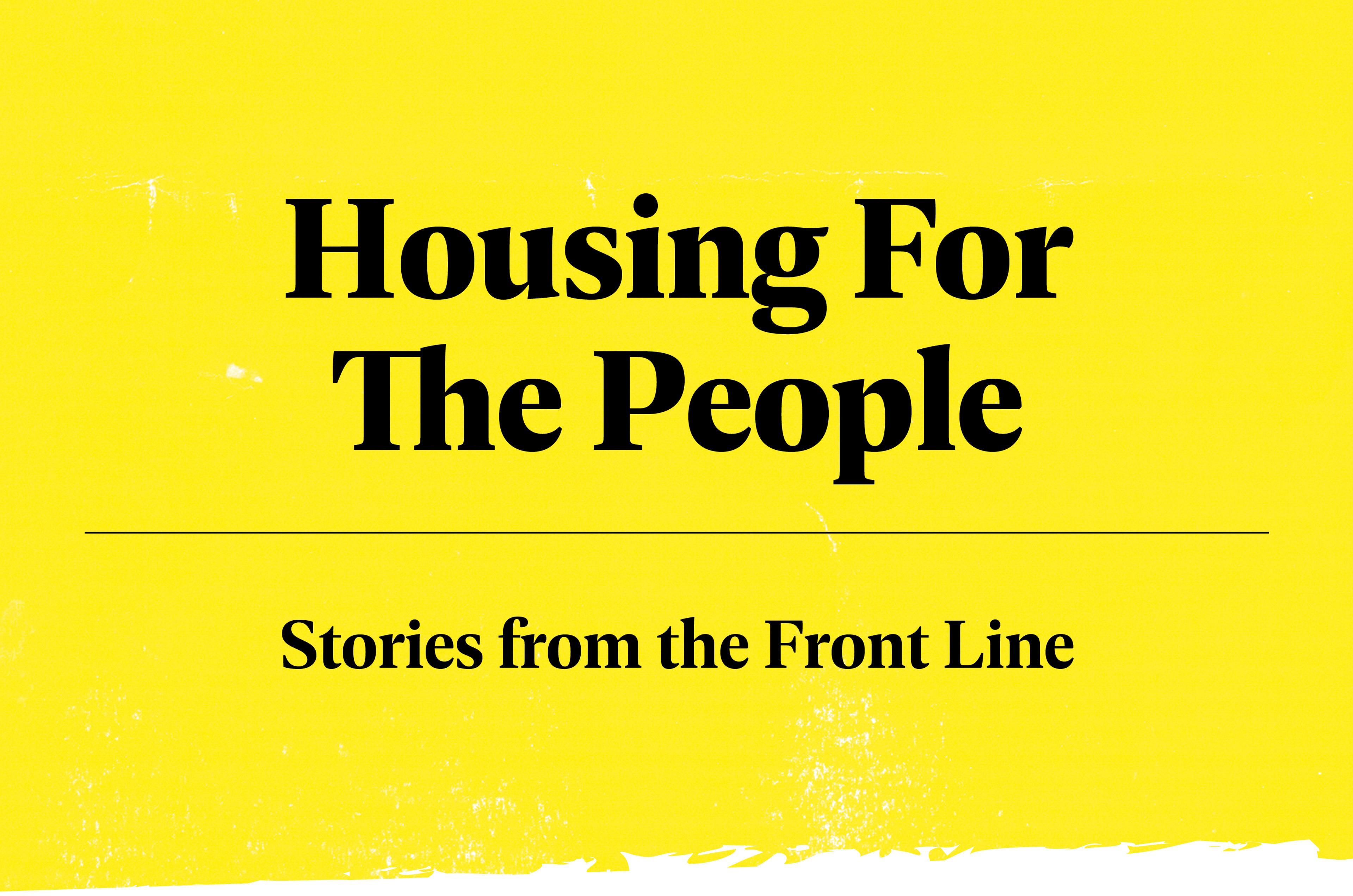“It’s not all chocolate and cuckoo clocks”: inside the Swiss Association for Addiction

Photo by Henrique Ferreira
By Lukas Gilbert
Translated from German via Translators Without Borders
- Lived experience

Hinz&Kunzt: Switzerland, and Zurich in particular, is regarded by many German cities and municipalities – including Hamburg – as a model when it comes to drug policy. Why is that?
Jonas Wenger: In the 1990s, we had a huge open drug scene in Zurich. The misery that played out here back then is hard to imagine today. It was during this time that real progress was made: there was a political consensus that we needed to focus on harm reduction for users – in other words, on improving their situation.
How was that achieved?
Laws were amended, heroin-assisted treatment was made possible, and a range of support services emerged: contact and drop-in centres, well-equipped consumption rooms – which are attractive partly due to the tolerated petty trade in drugs – social therapy and addiction medicine support, and emergency accommodation for those affected.
Both heroin-assisted treatment and opioid agonist therapy [the provision of substitute drugs] were accompanied by scientific research during the pilot phase, and it became clear that everyone needed to work together: the police, health services, and social services.
People said, we’re putting a stop to pure enforcement; instead, the four-pillar model was developed. That proved extremely successful – in the major cities of German-speaking Switzerland such as Zurich, Bern and Basel, the open drug scenes have almost entirely disappeared.
It is often said here that Zurich has solved its drug problem. Is that an accurate picture?
There is misery here too. Even in Zurich, there are people who are not reached by the available services. If an open drug scene does arise, professionals immediately engage with users and local residents to identify which services might be suitable for those affected. The police are also resolute and ensure that public drug use does not occur.
So, on the one hand you have social work, and on the other, enforcement. Sounds a bit “carrot and stick”…
The concept doesn’t work without enforcement. For public acceptance, it’s crucial that no open scenes develop. In the 1990s, we saw images of police officers in riot gear, and there was major escalation. That’s all in the past now. These days, it’s much more about de-escalation, and police officers are trained and able to recognise when people are in distress.
Of course, there are still occasionally unpleasant incidents here in Zurich too, but on the whole, I find the police here to be very progressive. They are also able to point people towards attractive services, such as the consumption rooms.
There are three of those in Hamburg as well. What’s the situation like in much smaller Zurich?
Here, too, there are three consumption rooms spread across the city – for a population of just over 400,000. The police know the coordinated opening times and are familiar with the various addiction support providers. Part of police basic training involves spending a day in a consumption room and also accompanying the social outreach service, so that young officers get an idea of how things work in practice.
Are the police also present in the consumption rooms?
They only go in there in emergencies; small-scale dealing is also tolerated, and that’s absolutely central. The aim is for these places to remain attractive as consumption rooms. If people are afraid of facing police crackdowns there, they’ll stay out on the streets and those scenes will persist. Instead, the police focus their efforts on the big fish.
Drug consumption rooms in Switzerland are reserved for people who live locally. What about those who don't have access?
That’s true, and it means that people are turned away. If someone loses their residence, they are still admitted in Zurich as a special hardship case. However, cities do not want to provoke a pull effect through these services. This is not only inaccurate, but the responsible municipalities where the affected people live are made accountable. We need harm reduction services that cover the whole country. There is a great need for action here in Switzerland.
What about refugees, for example?
Here, too, place of residence is the key criterion. Refugees living in asylum centres in Zurich have access. Depending on where one is registered in Switzerland, one either has access to low-threshold addiction support or does not. There are also other groups, such as for young people. We have an increasing number of users under 18, but consumption rooms generally have age restrictions. This is a controversial issue that requires political attention.
I hear the concern about a pull effect in Hamburg, too. How can that fear be addressed?
The goal must be to provide comprehensive services everywhere. Speaking generally about the pull effect: an open drug scene itself creates a pull effect. When people consume alcohol, crack, or opioids in parks, that influences vulnerable people. As soon as these open scenes disappear, the pull effect also disappears.
To what extent does Zurich represent Switzerland as a whole?
Switzerland is a patchwork when it comes to harm reduction. There are severely underserved regions. In smaller towns, there are often no services for drug users. I am regularly in Chur, where there is a large open scene and those in politics were long reluctant to tackle the problem comprehensively and sustainably. Now the need for action is recognised there and adjustments are underway.
In the Romandie [French-speaking Switzerland] and Ticino [Italian-speaking Switzerland], we also face major challenges; the police are more repressive there and to some extent less connected with addiction professionals. Apart from the big cities in German-speaking Switzerland, where things work well, we have many other towns with major gaps in provision: no emergency shelters, no consumption rooms. Swiss drug policy is good, but nowhere near as good as its reputation. It’s not all chocolate and cuckoo clocks; we also have a lot of misery.
So good drug policy is a question of setting the right priorities locally?
Yes. The first step is for politicians to acknowledge locally that there is a problem that can only be solved if everyone works together. A comprehensive, harm-reducing policy tackles many problems at once.
When users are better supported and cared for, open drug scenes disappear, we have fewer overdoses, and there are no longer needles or other drug paraphernalia on playgrounds. Public spaces become free for everyone again, and users have places where they can find peace instead of being chased around. I believe that this policy has broad support, because politicians of all stripes want a calm, safe city.
Why isn’t this implemented everywhere?
I believe that politics often thinks very short-term. When I think of a tourist city like Hamburg, they simply don’t want an open drug scene at the station – that’s a bad image. And comprehensive measures cost money. But it is worth investing that money: on the one hand, because the economic follow-up costs would otherwise be many times higher. On the other hand, we must realise that users are people who have a chronic illness.
We don’t chase people with cancer through the city, nor do we chase people with mental health problems. We need to find ways to get these people better care.
Hamburg has imported parts of the Swiss model. So-called “social space runners” now approach drug users around the main station and direct them towards the Drob Inn, a drug consumption room. Drug checking is also planned in the future. Can the Swiss model be successful if only individual aspects are implemented?
That can be a step in the right direction. Later on, it’s necessary to see what else is needed. For the system to work perfectly, all elements are required, especially attractive, low-threshold services for those affected. Certainly, adopting some elements is better than what is currently being attempted in Berlin’s Görlitzer Park.
The state government there has decided to combat the drug scene by building a fence around the park, which is considered a drug hotspot.
That is the worst possible approach. Let’s mentally replace other drugs with alcohol. Imagine if we closed Munich’s Oktoberfest, invested more in enforcement and abstinence-oriented therapies, and chased those who continue consuming around the city until they got worse. That would be the equivalent of this ideology-driven approach in Berlin. Abstinence is not possible for many, so we need services that enable controlled consumption.
What does a changed drug landscape – such as the rise in use of crack and fentanyl – mean for the Swiss model?
These substances affect people differently; they need to consume more frequently. We haven’t yet found the right answers, and this has led to more open drug scenes again. For example, there is currently no crack substitution in Switzerland.
There is currently a lack of strategic political vision to try new approaches. Some experts are calling for pilot trials with state-prescribed cocaine. That would certainly be better than people consuming in precarious conditions. The status quo is tough to bear. The federal government remains very hesitant and lacks courage, and as long as this does not change, cities’ hands are tied.
In light of this, how do you look to the future?
I perceive a general trend of social disintegration. The political megatrends – social insecurity, wars – also strengthen a conservative security mindset. Added to this are social austerity programmes: Switzerland plans to cut funds in addiction support and prevention, even though holistic approaches are particularly needed at this time.
We are in a critical phase and must consider how to better support users. The larger Swiss cities are doing great work, but the federal government is currently too inactive and is cutting funding at an inopportune time.
The Swiss Four-Pillar Model
- Prevention
Education and early help to prevent drug use.
- Therapy
Treatment and support for people with addiction problems.
- Damage Reduction
Measures such as attractive drug consumption rooms, counselling, and housing options.
- Enforcement
Police and justice authorities act against drug trafficking and public drug use.
More information: www.bag.admin.ch/en/the-four-pillar-policy
